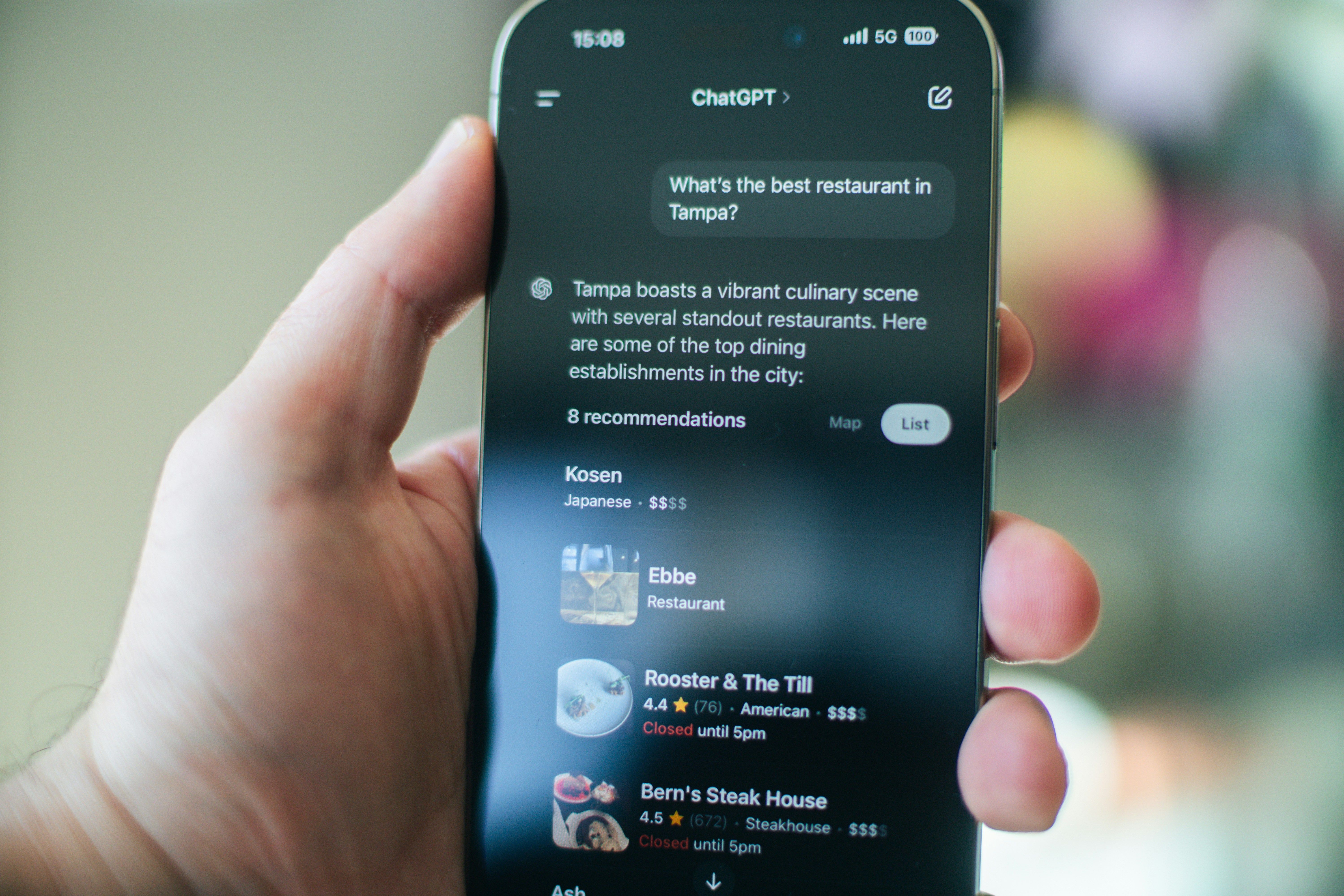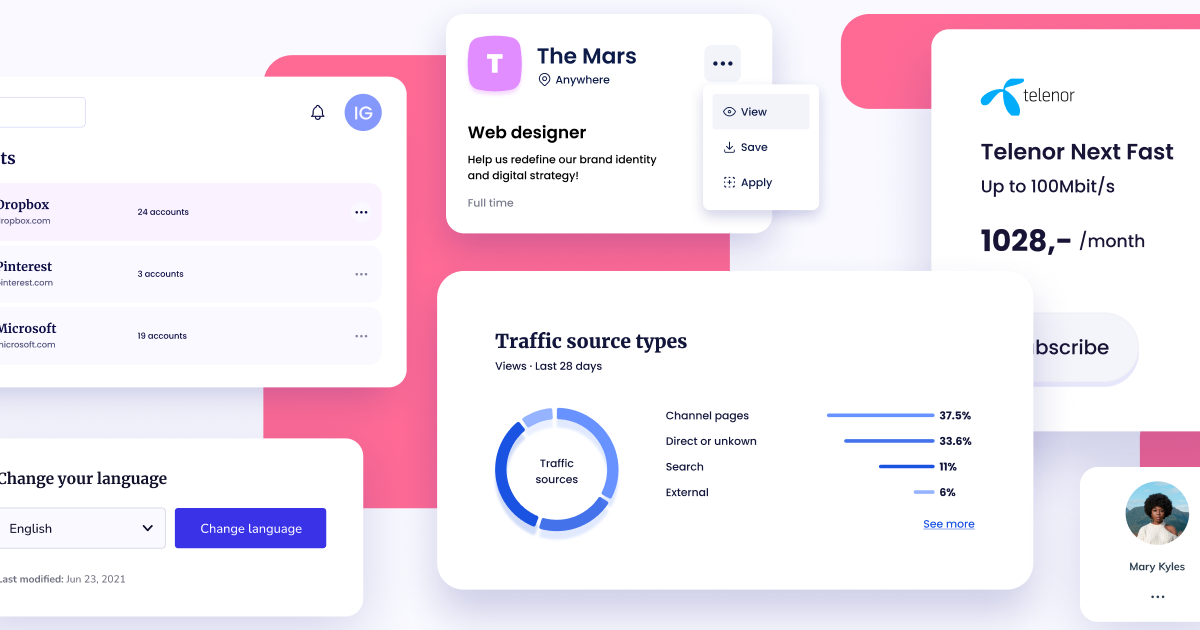How to Get Mentioned in AI: Proven Strategies for Boosting Your Brand’s AI Visibility
Discover effective tactics and tools to get your brand mentioned in AI-driven platforms. Learn answer engine optimization, avoid common pitfalls, and amplify your AI visibility today.

Artificial intelligence is revolutionizing how people search and discover information online. Increasingly, consumers rely on AI-powered platforms like ChatGPT and voice assistants instead of traditional search engines to get quick, relevant answers. If your brand isn’t appearing in these AI-driven conversations, you risk missing out on high-value visibility when potential customers seek solutions.
Being mentioned by AI doesn’t just enhance your brand authority; it opens doors to new audiences actively engaged in decision-making moments. Imagine your business being recommended instantly by a trusted AI guide during pivotal research phases. With nearly 8 in 10 business decision-makers acknowledging AI’s growing influence on their search habits, adapting your strategies to capture AI attention is no longer optional — it’s essential.
In this article, you’ll explore practical, actionable strategies for how to get mentioned in AI. From foundational Answer Engine Optimization (AEO) techniques to leveraging cutting-edge tools and tailored tactics for different industries, plus common mistakes to avoid, you’ll gain the insight needed to elevate your AI visibility. Let’s dive in and transform how your brand connects with audiences in the AI era.
Key Takeaways
- AI visibility hinges on clear, concise content optimized for Answer Engine Optimization (AEO).
- Practical strategies include structured data, natural language, and multi-platform targeting.
- Specialized AI visibility tools like Otterly.AI help track and improve your AI mentions.
- Tailor your approach between eCommerce and service brands for maximum impact.
- Avoid common pitfalls such as keyword stuffing, ignoring voice search, and neglecting data analytics.
Understanding Answer Engine Optimization (AEO): The Foundation of AI Visibility
If you’re asking how to do AEO effectively, you’re not alone. Answer Engine Optimization is quickly becoming the cornerstone for earning mentions on AI platforms, and it requires a fresh approach compared to traditional SEO.
What Is AEO and Why Is It Crucial?
AEO focuses on structuring your content to deliver direct, concise answers to user questions — similar to the quick snippets or voice responses you hear from Siri, Alexa, or Google Assistant. Unlike classic SEO, which emphasizes keyword rankings and backlinks, AEO prioritizes how AI algorithms interpret content contextually to provide fast, meaningful answers.
This matters because AI doesn’t just crawl through web pages; it analyzes the context, structure, and semantic signals you provide through metadata and clear writing. As a result, simply inserting keywords won’t be enough anymore — AI systems demand clarity and precision to identify relevant answers.
How AI Retrieves and Displays Answers
AI answer engines pull data by connecting mentions, entities, and structured information across platforms. Key factors include:
- Well-structured content with clear headings and bullet points
- Optimized metadata that provides semantic context
- Consistent linking and terminology that help AI relate your content to queries
Think of your content as a roadmap for AI: the clearer and more structured the path, the likelier your brand features in AI-generated answers and voice queries.
Practical Tips to Align Your Content for AEO
- Use simple, question-based headings reflecting how users verbally ask questions.
- Follow each question header with concise, factual answers.
- Implement structured data markup (e.g., Schema.org) to enhance AI understanding.
- Optimize meta titles and descriptions to mirror direct answers naturally.
- Organize content for easy scanning using bullet points and short paragraphs.
For those eager to master AEO at an advanced level, RankTopAI's AI Search Optimization Services offer expert strategies blending traditional SEO with AEO to maximize your brand’s reach across AI-driven platforms.
Using Leading AI Visibility Tools to Boost Your Mentions
Navigating AI-driven search isn’t always straightforward — but there are powerful tools designed to help you track and enhance your AI mentions effectively.
Top Platforms to Monitor and Optimize AI Mentions
One standout tool is Otterly.AI, specifically crafted to track your brand presence on AI-powered platforms like Google AI Overviews and ChatGPT. Beyond simply highlighting mentions, it provides insights into how your content resonates with AI algorithms, enabling data-driven improvements (source).
Refining Content With Machine Learning Insights
These platforms often leverage machine learning and analytics to analyze user engagement and AI content preferences, helping you fine-tune your messaging and format for AI’s evolving criteria. Think of it as a personalized coach guiding you on the best keywords, phrasing, and structures to use.
Optimizing for Voice Search and Conversational AI
With voice assistants becoming mainstream, tools that focus on natural language processing (NLP) help you optimize content for conversational queries. This ensures your brand isn’t just visible to AI but favored in voice-driven searches, where phrasing tends to be more natural and question-based.
In summary:
- Leverage AI-specific tools like Otterly.AI to monitor where and how you’re mentioned.
- Use machine learning-powered insights to refine your content continuously.
- Incorporate voice and NLP optimization techniques to capture conversational search traffic.
By actively embracing these technologies, you position your brand as a leader in the AI search landscape, not just a follower.
Custom AI Visibility Solutions for eCommerce and Service Brands
AI visibility strategies must be tailored to your business type. eCommerce brands and service providers face different challenges, so their approaches to getting mentioned by AI differ as well.
1. Craft Shareable, AI-Friendly Content Focused on User Intent
Rather than relying on outdated keyword stuffing, AI values content that’s natural and genuinely helpful. Understand your customers’ needs deeply. For instance, an eCommerce store selling eco-friendly items might publish detailed guides or FAQs about sustainability, while service brands could showcase expertise through tutorials or case studies.
Modern optimization platforms, like RankTopAI's Comprehensive AI Optimization Approach, help analyze real user intent and align your content accordingly, making it easier for AI to rank and recommend your pages.
2. Build Relationships with AI Influencers and Communities
Engage authentically in AI-focused forums, contribute guest articles, and collaborate with micro-influencers within your niche. These connections increase chances of being cited in AI algorithms, which boosts visibility.
3. Optimize Beyond Traditional Search Engines
Don’t limit your efforts to Google. Target voice assistants, chatbots, and new AI-driven platforms. For example, optimizing for smart speakers opens new customer touchpoints, and AI-powered social media advertising delivers brand exposure in innovative channels.
4. Keep Your Online Presence Consistent and Updated
AI favors fresh, reliable content. Regularly update your website, social profiles, and business listings. Frequent content additions and accurate details signal activity and trustworthiness, improving indexing and rankings over time.
In summary: Combining user-focused content creation, strong digital relationships, multi-channel AI targeting, and consistent updates builds a sustainable AI presence that earns mentions naturally.
Common Pitfalls When Trying to Get Mentioned in AI (and How to Avoid Them)
While striving for AI mentions, it’s easy to fall into traps that can hinder your success. Here are some common mistakes and how to steer clear of them:
- Keyword Stuffing and Irrelevant Content: Repeating target phrases excessively confuses AI algorithms and can lead to penalties. AI now prioritizes natural, meaningful language that genuinely helps readers. For more details, visit this insightful resource.
- Ignoring Voice and Conversational Search: People interact with voice assistants in a casual, conversational manner. Failing to optimize for these natural query formats means missing significant visibility opportunities.
- Neglecting Data Analytics: Without tracking performance, you can’t know what works. Avoid flying blind by regularly monitoring analytics to inform your AI visibility strategy.
Steering clear of these mistakes puts you on a strategic path to meaningful AI mentions and sustainable growth.
Conclusion: Elevate Your Brand by Getting Mentioned in AI
Getting mentioned by AI platforms is no longer a luxury — it’s a necessity for brands aiming to thrive in today’s digital ecosystem. By mastering how to get mentioned in AI, you tap into a new frontier where structured, semantically rich content makes all the difference in visibility.
Remember these essential points:
- Create clear, well-organized content that AI can easily parse and cite.
- Avoid outdated tactics like keyword stuffing or vague, unfocused content.
- Leverage cutting-edge tools and expert services tailored for AI search optimization.
To accelerate your AI presence and stay ahead of the curve, consider partnering with professionals experienced in this space. Explore proven strategies and trusted support at the RankTopAI Homepage, your go-to resource for comprehensive AI visibility solutions. Don’t just keep pace with AI evolution — lead it.
Frequently Asked Questions
What exactly is Answer Engine Optimization (AEO)?
AEO is the practice of optimizing your content to provide direct, concise answers to questions posed by AI platforms such as voice assistants and answer boxes. It focuses on making your content easily understood and referenced by AI, rather than only targeting traditional search engine rankings.
How can I optimize my content for voice search?
To optimize for voice search, use natural, conversational language that mimics how people speak. Structure content with question headers and concise answers, and integrate long-tail keywords phrased as questions. Also, consider implementing structured data and using tools that analyze natural language processing (NLP) trends.
Are there specific tools that can help track AI mentions?
Yes. Tools like Otterly.AI specialize in monitoring your brand’s presence across AI-driven platforms, providing insights into how and where your content is mentioned, and suggesting improvements to enhance AI visibility.
Is keyword stuffing still effective for AI-driven search?
No. AI algorithms penalize keyword stuffing because they prioritize content that is natural, relevant, and genuinely helpful. Instead, focus on clarity, semantic context, and user intent to improve your chances of being featured.
How often should I update my online content to maintain AI visibility?
Regular updates are important. Refresh your website, FAQs, product descriptions, and business listings frequently to signal to AI systems that your information is current and trustworthy. Consistent activity helps improve indexing and AI rankings over time.



